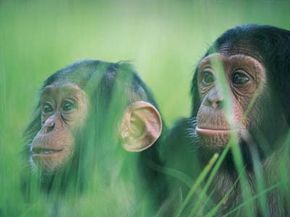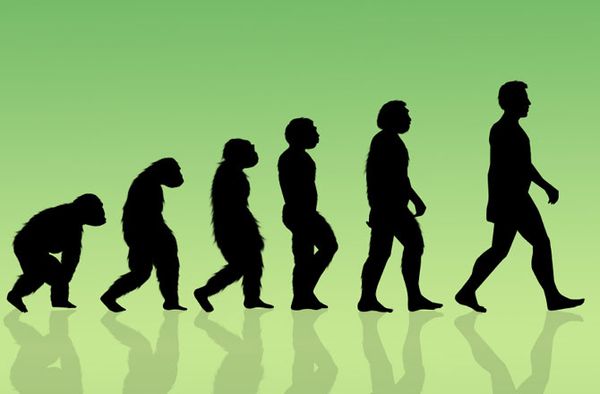If you suddenly find yourself in the company of paleoanthropologists or swamped by news of the latest hominidfossilfind, there's a good chance you'll hear the phraselast common ancestor(LCA). In some circles, they throw the term around like it's the Holy Grail or a winninglottonumber. What is this enigmatic person or thing?
The answer comes down to evolution and the way we plot its course through varying species. But let's take a step back from the quagmire ofnatural selectionfor a moment and tackle this completely made-up concept:last common teacher.
Advertisement
Think back to someone you went to school with for a period of time -- maybe a childhood friend or even a college chum. You shared this teacher, that teacher -- but what was the last teacher you both studied under before your scholastic paths or lives veered in different directions? The answer would be you and your classmate's last common teacher.
With evolution, it's much the same situation, only without theFacebookreunions and stilted conversations a decade later. When scientists study fossils and plot the course of evolution from species to species, they see linear progressions where one form of life became another, but they also see situations where one species branched into two or more. Some of these resulting forms wentextinct,而其他的调整into yet newer forms or remained as is.
Any two species on this planet share a last common ancestor. Just look at the treelike taxonomy tool called acladein the graphic above for a visual representation of how this works. The closer the relation between two species, the more recent and similar in structure their last common ancestor is likely to be. On the other hand, vastly dissimilar forms of life (such as a carrot and spermwhale) may share a last common ancestor very different from either one of them.
To apply this back to schooling, you might find that you have a whole lot more in common with the friend you shared a last common college teacher with than a last common second-grade teacher.
But what does an LCA mean for human evolution? Read the next page to find out.
Advertisement






